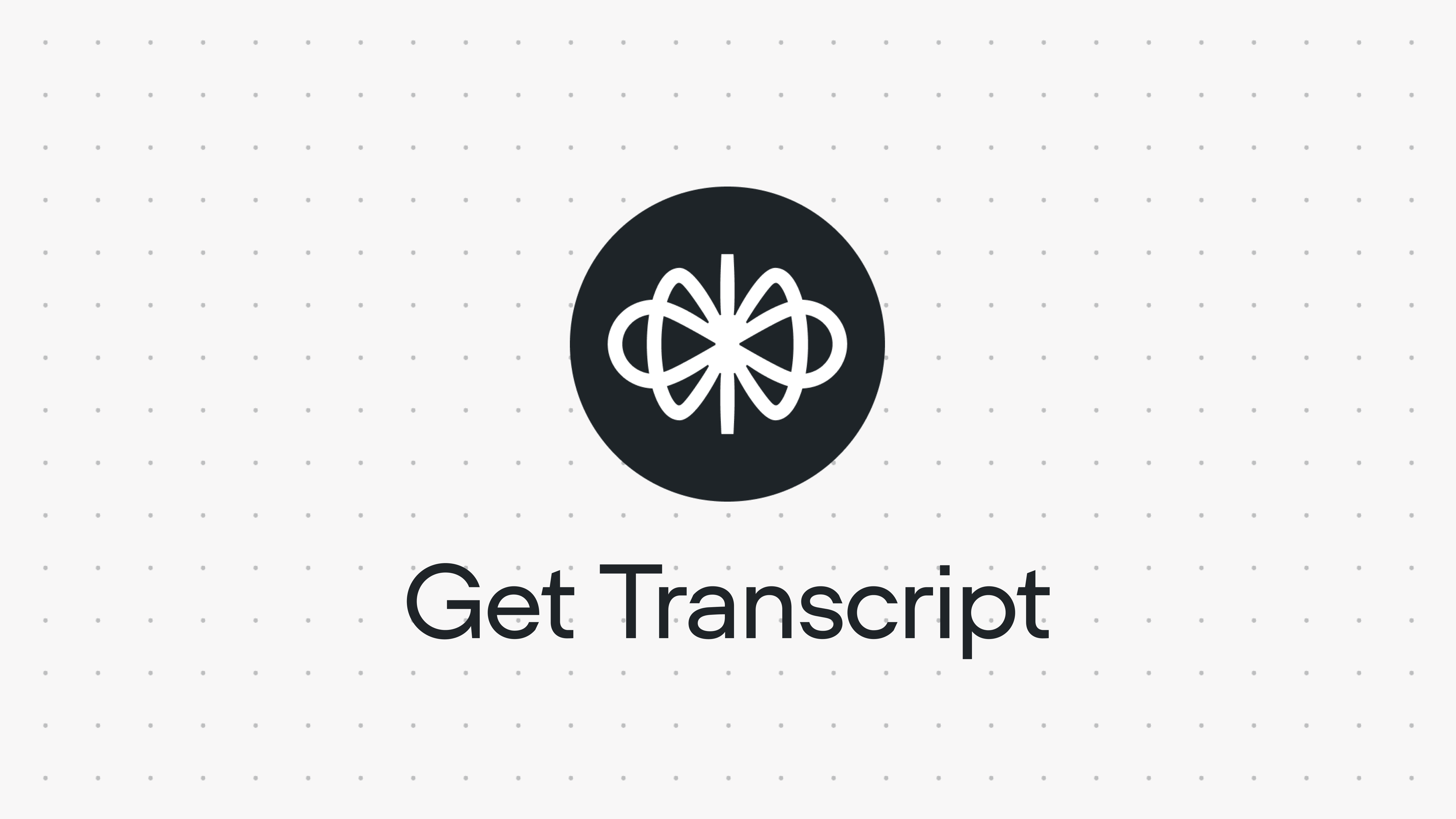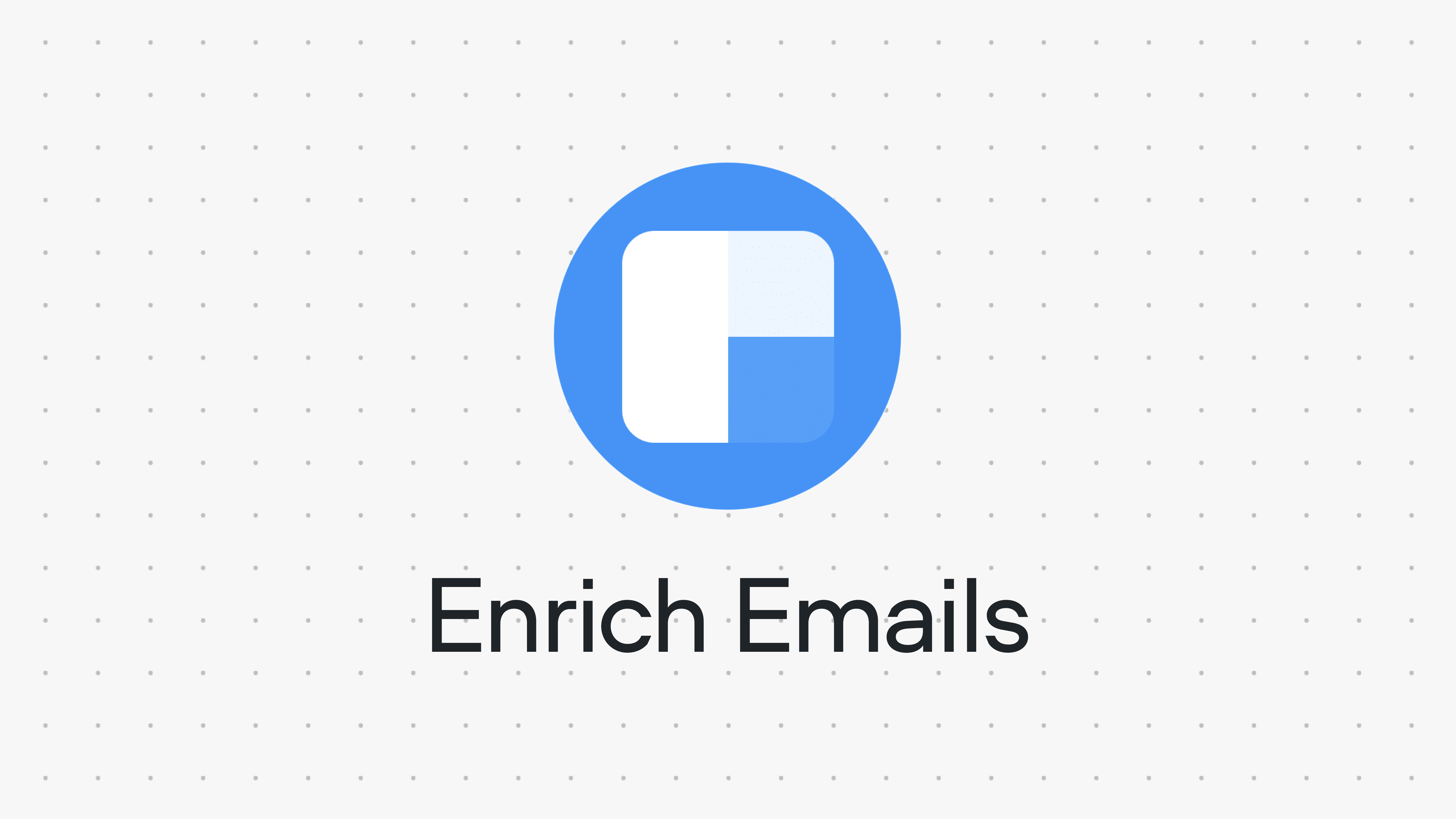export default async function main(args) {
let { writeKey, userId, event, properties } = args.inputVars; // Input variables
// Check if the user has inputted the required variables
if (!writeKey || !userId || !event) {
return {
// Returns the error path so we can continue the design
next: { path: 'error' },
// Renders a debug message in Voiceflow
trace: [{ type: "debug", payload: { message: "Missing required input variables for this function" } }]
};
}
function base64Encode(str) {
const charSet = 'ABCDEFGHIJKLMNOPQRSTUVWXYZabcdefghijklmnopqrstuvwxyz0123456789+/=';
let output = '';
for (let i = 0; i < str.length; i += 3) {
const byte1 = str.charCodeAt(i) & 0xFF;
const byte2 = i + 1 < str.length ? str.charCodeAt(i + 1) & 0xFF : 0;
const byte3 = i + 2 < str.length ? str.charCodeAt(i + 2) & 0xFF : 0;
const enc1 = byte1 >> 2;
const enc2 = ((byte1 & 0x3) << 4) | (byte2 >> 4);
const enc3 = ((byte2 & 0xF) << 2) | (byte3 >> 6);
const enc4 = byte3 & 0x3F;
if (isNaN(byte2)) {
output += charSet.charAt(enc1) + charSet.charAt(enc2) + '==';
} else if (isNaN(byte3)) {
output += charSet.charAt(enc1) + charSet.charAt(enc2) + charSet.charAt(enc3) + '=';
} else {
output += charSet.charAt(enc1) + charSet.charAt(enc2) + charSet.charAt(enc3) + charSet.charAt(enc4);
}
}
return output;
}
// Base URL for sending data to Segment
const url = 'https://api.segment.io/v1/track';
// Create the data payload
const payload = {
userId: userId,
event: event,
properties: properties
};
// Setup the request options, including headers
const config = {
method: 'POST',
headers: {
'Content-Type': 'application/json',
'Authorization': `Basic ${base64Encode(writeKey + ':')}`
},
body: JSON.stringify(payload)
};
// This is where we made the fetch request, we use try-catch for error handling
try {
// Make the fetch request
const response = await fetch(url, config);
// Check if the response status is OK (status in the range 200-299)
if (!response.ok) {
// If not OK, throw an error to be caught by the catch block
throw new Error(`HTTP error! status: ${response.status}`);
}
// Parse the response
const responseBody = await response.json;
// Create the return objects if this is successful
return {
// Map the success path so we can continue in our flow
next: { path: 'success' },
// Optionally, return the response body if needed
outputVars: {
response: JSON.stringify(responseBody)
}
};
}
// Catches all the errors we threw and displays the debug message
catch (error) {
return {
// Maps the error path so we can continue in our design
next: { path: 'error' },
// Renders a debug message in Voiceflow with the error
trace: [{ type: "debug", payload: { message: "Error:" + error.message + ' ' + url } }]
};
}
}












